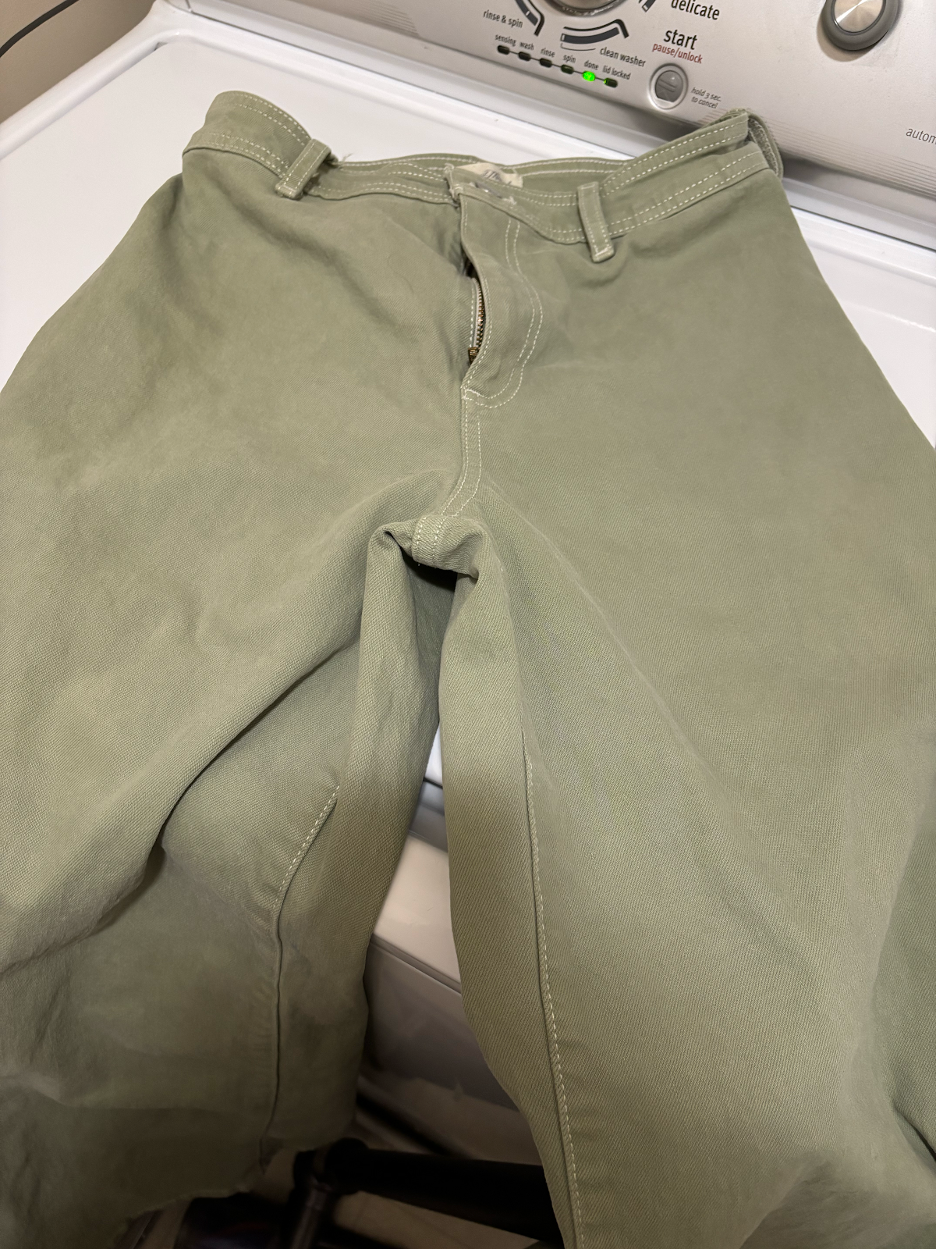My Musings on Color Analysis and Society
By Jenna Artuso
Color analysis is not simply an exercise in vanity, but rather an insight into societal values. So, what does the resurgence of color analysis mean about today’s society? Is it a rebrand of the 1980s, the next glow-up topic, or rather a way to articulate sustainable choice?
I do not need to give you dear reader the answer, but please allow me to situate color analysis as an exercise of values.
Color analysis is the process of analyzing a person’s undertones and contrast to determine which colors suit them best for hair dye, make-up, and clothing. To an expert, one may observe the party in natural light, and know after years of practice, exactly the colors that person needs. For others, like myself, drapes of fabric in various hues are placed just under the person's face; looking for the palette that “makes someone’s face light up,” so to speak. Palettes are often simplified into seasons: winter, spring, summer, and autumn; thanks to Carole Jackson, whose Color Me Beautiful book from 1980 paired perfectly with the rise of consumerism and the “‘me’ decade.” Tom Wolfe, who coined the term “‘me’” decade, categorizes the eighties as a time when society was focused on elevating and polishing the self.
Although color analysis in the eighties was an exercise in vanity, one must take vanity as a value. When society can focus on vanity, it means that some portion of it is doing well enough financially to pursue “frivolous” upgrades. It means that some groups, those not bogged down by endless labor, have the time to host swanky color analysis parties with their girlfriends in their postmodern homes as 3.5 million copies of Jackson’s book have flown off the shelves and 350 affiliated color consultants across the globe are certified representatives under Jackson’s system.
Image Credit: Jenna Artuso
Author’s favorite way to update a wardrobe in your colors - thrifting!
The 1980s were a time when America’s middle class emerged with a newfound interest in individual prosperity. What better way to polish the self and chase individual pursuits of the American Dream than by ensuring every shirt, lipstick, shoe, and purse is perfectly coordinated to one's very skin, eye, and hair color. To have one’s colors done meant pursuing the American Dream and upholding the value of vanity, underpinned by materialism and desire for status among “yuppie” peers.
Fast forward to 2025, and suddenly color analysis is back in the forefront of consumer habits. Why is this system back in our social media feeds and even The New York Times?
If you have spent any time on Instagram or TikTok, then you are familiar with the popularity of the “glow-up,” which more or less entails making yourself the best version of yourself while largely focusing on one’s outward appearance. Our obsession with glowing-up brought color analysis back into the discussion because everyone wants to know – what’s one more thing that could “elevate” my appearance, as the influencers like to say. One may see glow-ups featuring thousands of dollars in beauty treatments, world class color experts, and grossly large Amazon hauls as a regurgitation of American society focused on individual success through consumerism. However, when comparing the 1980s’ color analysis parties to today’s color analysis social media glow-ups, one thing is different – accessibility. Many influencers work to make color analysis more accessible. Color analysis can now be achieved through means such as gathering free paint chips from your local hardware store and following a tutorial, or even easier (and albeit less reliable) using a free app on your smartphone.
Image Credit: Jenna Artuso
Author not in her colors. Just because a color isn’t in your palette, it doesn’t mean you can’t wear it.
Where we, as a society, diverge vastly from the color analysis of the eighties is on sustainability. Today, American society wants long lasting, curated wardrobes. We want to think critically about what we purchase so we do not contribute to the 92 million tons of textile waste created each year. We want to quit supporting fast fashion brands wedded to unfair labor practices to keep costs low. Color analysis can mitigate faulty purchases by providing the consumer with parameters of how to look and feel their best, so they are not constantly buying new clothes. Even after an initial color analysis, one does not need to overhaul their entire wardrobe if it is not in their pallet. Small, yet, impactful, changes can be made by using fabric dye and ensuring your lipstick shade (should you choose to wear it) is on par.
Image Credit: Jenna Artuso
Author’s pants transformed from faded khakis to olive after an in wash fabric dye.
Whether you choose to hire a professional color expert or go the Do-It-Yourself, “DIY,” route, upholding accessibility and sustainability while looking your best certainly is a worthy cause in my book.
Jenna G. Artuso is a color analyst and closet organization specialist who prioritizes shopping your own wardrobe first.




